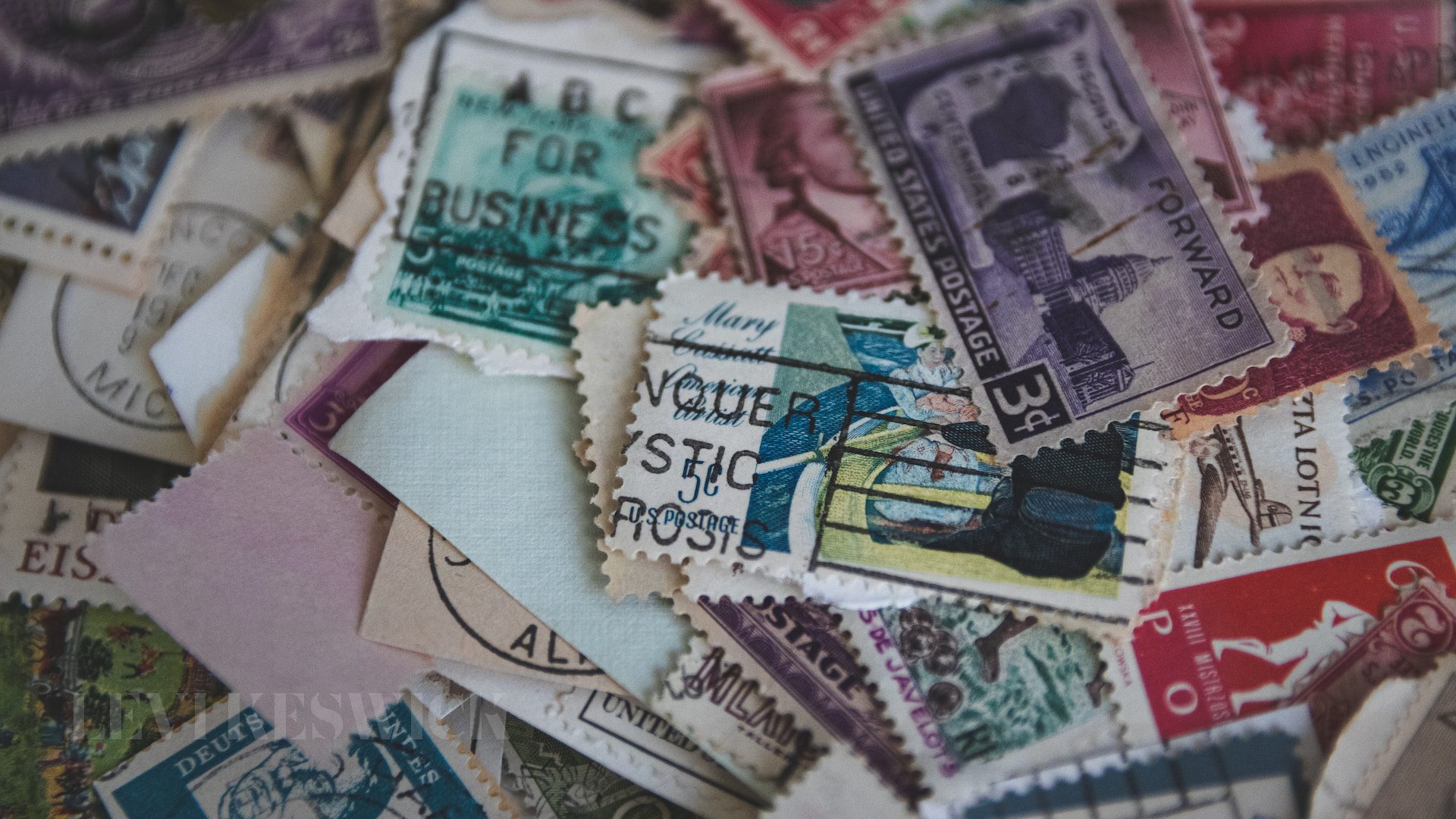Key takeaways:
- Benjamin Franklin played a pivotal role in transforming the postal system in the United States.
- The 1/2 cent Benjamin Franklin stamp is not just a piece of postage but a symbol of American history and art.
- Identifying valuable Benjamin Franklin stamps requires understanding their printing method, color shades, dimensions, and origin.
- With billions of different Benjamin Franklin stamps available, finding the rare and valuable ones is a true treasure hunt for philatelists.
The Enduring Allure of Stamp Collecting
Stamp collecting, or philately, is an age-old hobby that transcends generations and geographical boundaries. Stamps are miniature canvases that paint a vibrant picture of a nation’s history, culture, and evolution. Philatelists are both art enthusiasts and historians, seeking out unique and valuable stamps that not only hold aesthetic appeal but also narrate an intriguing story. In the U.S., one of the most coveted stamps is the 1/2 cent Benjamin Franklin stamp, whose value fluctuates based on factors like printing date and origin.
The US Postal Service: An Insight into Its Origins
The foundation of the U.S. Postal Service dates back to the 17th century, originally serving as a communication bridge between America and its British and French colonies. At the time, the postal charges were borne by the recipients instead of the senders, creating logistical difficulties that eventually prompted a shift in the system. Key figures like Benjamin Franklin and William Goddard, colonial postmasters of the 18th century, realized the inefficiency of the existing system and pioneered a transformation that laid the groundwork for today’s postal service.
The Inception of US Postage Stamps
Inspired by the reformative changes in Great Britain’s postal service, the United States introduced standardized rates and the use of postage stamps in its mailing system by the end of 1840. The first national postage stamp was printed on July 1, 1847, featuring a portrait of Benjamin Franklin, a tribute to the nation’s first postmaster. The popularity of these stamps was immense, and they are now considered precious collectibles, with good-condition, unused stamps fetching prices between $3,000 to $20,000.
The Civil War and the Emergence of the 1/2 Cent Benjamin Franklin Stamp
The American Civil War marked a significant milestone in the evolution of U.S. postage stamps. In response to concerns about stamp reuse, the postal officials adopted the grill printing technique, producing stamps embossed with a distinct pattern to ensure the cancellation ink seeped in deep, making it hard to remove. The 1/2 cent Benjamin Franklin stamp featuring the Z grill pattern is one of the rarest of its kind, with only two known to exist, illustrating the rich legacy of Franklin’s contributions to the U.S. postal system.
Deciphering the Value of 1/2 Cent Benjamin Franklin Stamps
Stamps bearing the likeness of Benjamin Franklin are numerous, with each having a different value based on factors such as the printing method, color shades, dimensions, and origin. The 1/2 cent Benjamin Franklin stamp, particularly the #594 and #596 models, are considered highly valuable and rare, making them sought-after pieces in the world of philately. Identifying these rare stamps involves checking the back for traces of green paint (a characteristic of flat plate printing), inspecting the centering of the image, and precisely measuring the perforations.
The Hunt for the 1/2 Cent Benjamin Franklin Stamp
Seeking out a rare Benjamin Franklin 1/2 cent stamp amidst billions of others might seem like looking for a needle in a haystack. However, if the thrill of the chase excites you, scrutinizing pre-war and war-dated mail collections could yield surprising results. For those more inclined towards secure transactions, purchasing these stamps from specialized online platforms or joining philatelic communities can serve as a viable alternative.
In conclusion, the journey of the 1/2 cent Benjamin Franklin stamp from a means of postage to a philatelic icon offers fascinating insights into American history and the world of stamp collecting. Despite the sea of identical stamps, the rare and valuable versions hold a special place, serving as proof of Benjamin Franklin’s enduring legacy and the evolution of the U.S. Postal Service.








